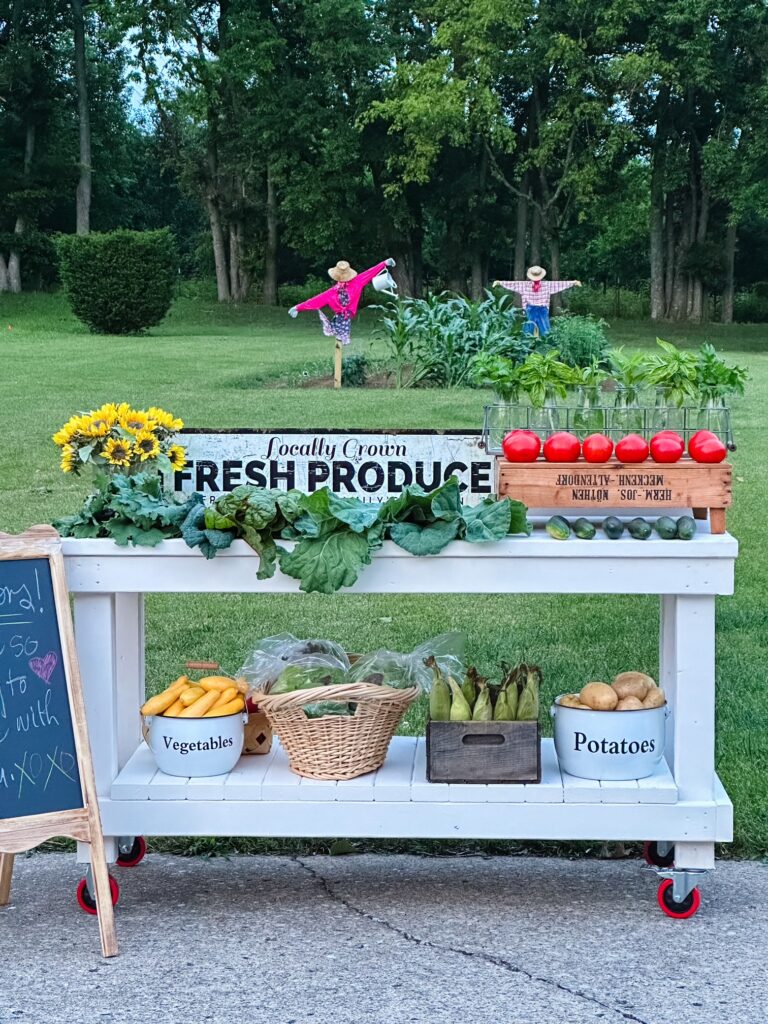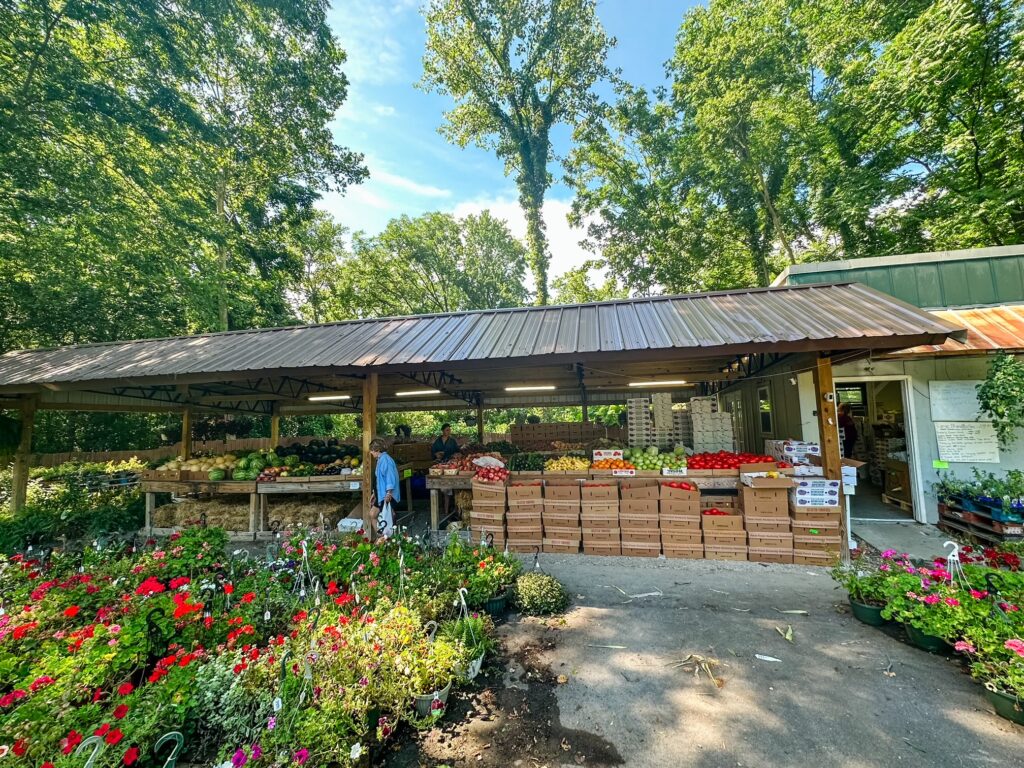
As an eternal optimist, I knew the day would eventually come when I could proclaim some good thing that came out of the manufactured Covid 19 fiasco. Though it has taken awhile, the dust has settled somewhat and that day has finally arrived. Actually, I could name off a whole list of things but today I only want to mention what is within the topic of this post.
In addition to opening our eyes to the launch of the Great Reset on the peoples of the world, the covid debacle has:
*Accelerated changes in people’s shopping habits and brought health to the forefront attention of the nation. As a consequence, people are cooking at home more, eating healthier, and are increasingly more interested in knowing where their food is coming from and how it has been grown or raised.
*Exposed the high risk we are currently facing of losing food sovereignty (food sovereignty meaning that people and communities have the liberty (power) to create (grow/raise), sustain, and share their own food and access to healthy food while strengthening local food systems). Food sovereignty places the control of a local food system into the hands of the people who are eating, serving, and growing this food instead of relying on a large industrial system.
*Infused an already active grass-roots movement with the flaming desire of the necessity to rebuild robust and sustainable local food systems now, one where the average produce or meat is grown or raised within 100 miles of a locale, rather than 2000 miles away and transported in.
So, yes, the Modern Homesteading Movement is having its moment right now. Not surprisingly, in some polls Tennessee is ranked the #1 state to relocate to if one is seeking a more favorable homesteading environment. Many self-proclaimed “refugees” fleeing other states with more draconian legislation, losses of liberty, and abuses than we have experienced here are sounding prophetic alarms about the encroachments they see happening locally that they experienced first-hand in their native state. They are issuing forewarnings to tell us to stop the nonsense while we still can, because they have seen it unfold before and know where it is headed.
Thanks in part to the government over-reach in its response to covid, Americans are becoming increasingly aware of the dire threats to health, culture, and self-reliance created by industrial food dependency. The fragility of the food supply has now intruded into the public’s consciousness and Americans of all political persuasions are waking up to the dangers of industrial food, which erodes human health, the environment, local economies, communities, and culture.
As awareness grows of the dangers of dependency on imported food and as food prices steadily increase, more Americans will come to understand that local food is vitally important. For the past five decades, Wendell Berry, perhaps the last of the old Southern Agrarians, has spoken through his poems, essays, and novels to the foundational importance of local agriculture and family farms. His writing has been centered in community and the vital connection of human beings to land and nature. The duty to nurture land and community is dependent on soil and small-scale agriculture. As Berry has asserted in his life’s work of writing and activism, severing those relationships results in alienation, dehumanization, and destruction. And, as we have become aware of in the past three years, technology and profiteering hasten that decline.
Basically, this grassroots movement is about creating a lifestyle that goes back to the basics while integrating such traditions with today’s modern day approach. Many young people are already returning to the land, seeking an alternative to urban living. There is no defining persona of a modern homesteader. People of wide variances in opinions, economic and social strata, age, education, political persuasion, and backgrounds share a unifying principle: a desire to gain a sense of security over basic needs such as food, water, shelter, and finances when facing an uncertain future.
Some people have simply grown tired of the noise and chaos of modern life, tired of all the chemicals being dumped in our food, and of depending on grocery chains and supply chains to truck food in from long distances. They are simply longing for a simpler, more intentional lifestyle that better aligns with their traditional values. Some are wanting to cultivate a lifestyle that promotes greater self-sufficiency and are learning life skills that have been forgotten in our fast-paced world. Almost all of the reasons that people are turning to this movement involve some increased focus on good health, hard work, and re-connecting to nature, to the land, and to the ways in which food is grown, produced, or raised.
There are many other issues drawing people into this modern homesteading movement as well but I particularly relate to those mentioned above. For this movement to become substantial enough to bring lasting change for our local communities we have to promote and collaborate to build a more robust, more resilient community-based food system across the regional Southeast. Local farms are supportive of local economies, but also of community culture, environmental stewardship, individual liberties, and national security.
In John Klar’s new book, Small Farm Republic: Why Conservatives Must Embrace Local Agriculture, Reject Climate Alarmism, and Lead an Environmental Revival, he makes the case for these positions to reboot rural economies, improve the nutritional quality and freshness of food while combatting food inflation, and serve as a national security against famine and dependency on foreign agriculture.
Because my interest is in promoting and building a resilient local food system in Tennessee, I am always looking at the many and diverse ways that currently exist. Farm stands, an outlet for community growers to sell their homegrown produce to local consumers, exist in many rural areas as well as in small towns and metropolis areas.
Farm stands, like homesteaders, are not a one-size-fits-all arrangement. They come in many shapes, sizes, and operational capacity. For example, the four stands I present here range from the Farm Stand of a 5-star resort, Southall Farm & Inn with its own private gardens and restaurant, to a multiple grower scenario where produce comes from several different farms, to a neighborhood farm stand that originates from a single backyard kitchen garden.
Southall Farm Stand in Franklin, Tennessee
Southall Farm & Inn is a vast expanse of farmland-325 acres-with greenhouses on one side, and rows of heritage crops, orchards, and gardens on the other. It’s a resort center, a working farm with an inviting inn. Dining and spa experiences honor the cycles of nature and incorporate its bounty. The Farm at Southall is the heart of all that they do; it provides fresh ingredients for the cuisine and a connection to the land for its guests. Though the resort inn is for private guests, the Farm Stand is open to the public. My favorite thing from this stand: bee pollen from its own bee hives.



Martin’s ‘The Stand’ in Clarksville, Tennessee
The Stand in Clarksville is mostly identifiable by the goat stencil on the mailbox as it is not visible from the main road. Fresh and dried herbs, spices, vegetables, honey, sorghum, preserves, fruits, all the seasonal offerings are available. This is actually a working goat farm and the goats can be easily accessed behind the fence. My favorite thing from here: herbal tea blends.





Williams Produce in Frankin, Tennessee
Williams Farm Stand is family owned and operated and stocks consistent summer and fall vegetables, fruits, flowers, herbs, plants, and all kinds of homemade preserves, sauces, pickles, and other goodies. My favorite thing: green beans by the case (for canning) and pickling cucumbers.




Neighborhood Farm Stand
Last year some neighborhood friends and I started a Neighborhood Food Growers Association in our Franklin community. The idea was that we would learn to grow together, supporting one another, each growing whatever food our families wanted to eat.
This year I am trying to figure out the logistics of doing a neighborhood farm stand as a way for us to share our excess bounty with our neighbors. The idea was that the portable potting bench, doubling as a produce stand, could easily be rolled out to the edge of the driveway (under an umbrella) on a certain day of the week for a couple of hours and neighbors could come by and pick up whatever they wanted from the garden. I’m still tweaking that process but I think the general idea is a sound one.
I am thankful for people like Wendell Berry and Joel Salatin and countless others who, for many years, have been laying the foundations for such a movement to gain momentum at this crucial time in history. I am thrilled to learn from these people and the many others out there that are doing the practical work necessary under the belief that small farmers/growers are the antidote to the tyranny of the corporate hierarchies that dominate America’s abhorrent food practices.
The smallness of my own beginnings into this movement are not daunting to me. Quite the contrary, my own motto these days goes something like this: “Do what you can, with what you’ve got, where you are” and even that sentiment did not originate with me.



